The Blue Mountains World Heritage Institute has established an exciting education and training partnership with the Conservation and Environment Protection Authority (CEPA) of Papua New Guinea, funded by the United Nations Development Program (UNDP).
This education and training partnership builds on recent work by CEPA to review the management of Protected Areas in Papua New Guinea (PNG) and introduce Protected Area legislation. Through this partnership, the Institute will deliver a capacity building program to help train customary landowners and CEPA to effectively manage the network of protected areas in PNG.
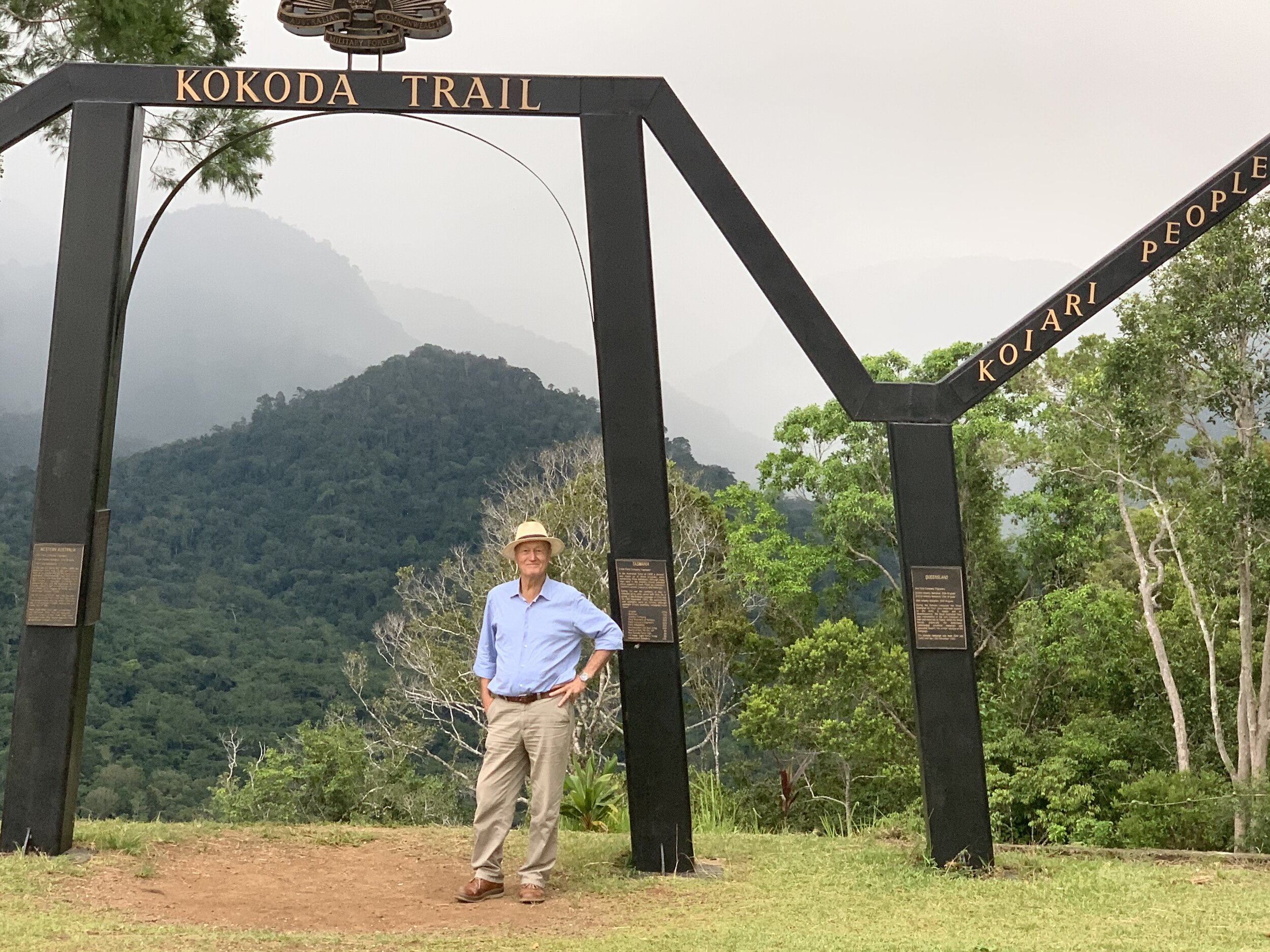
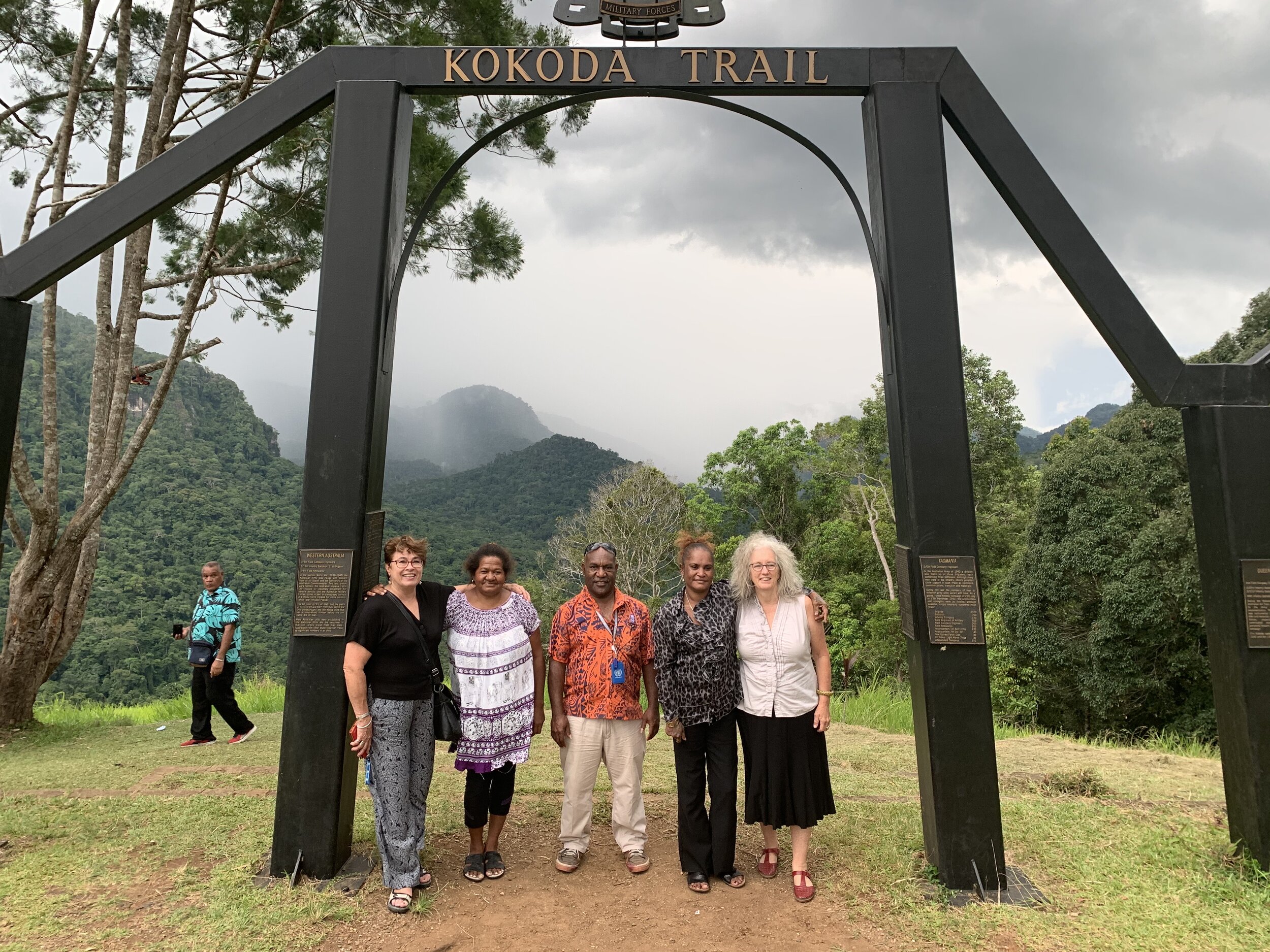
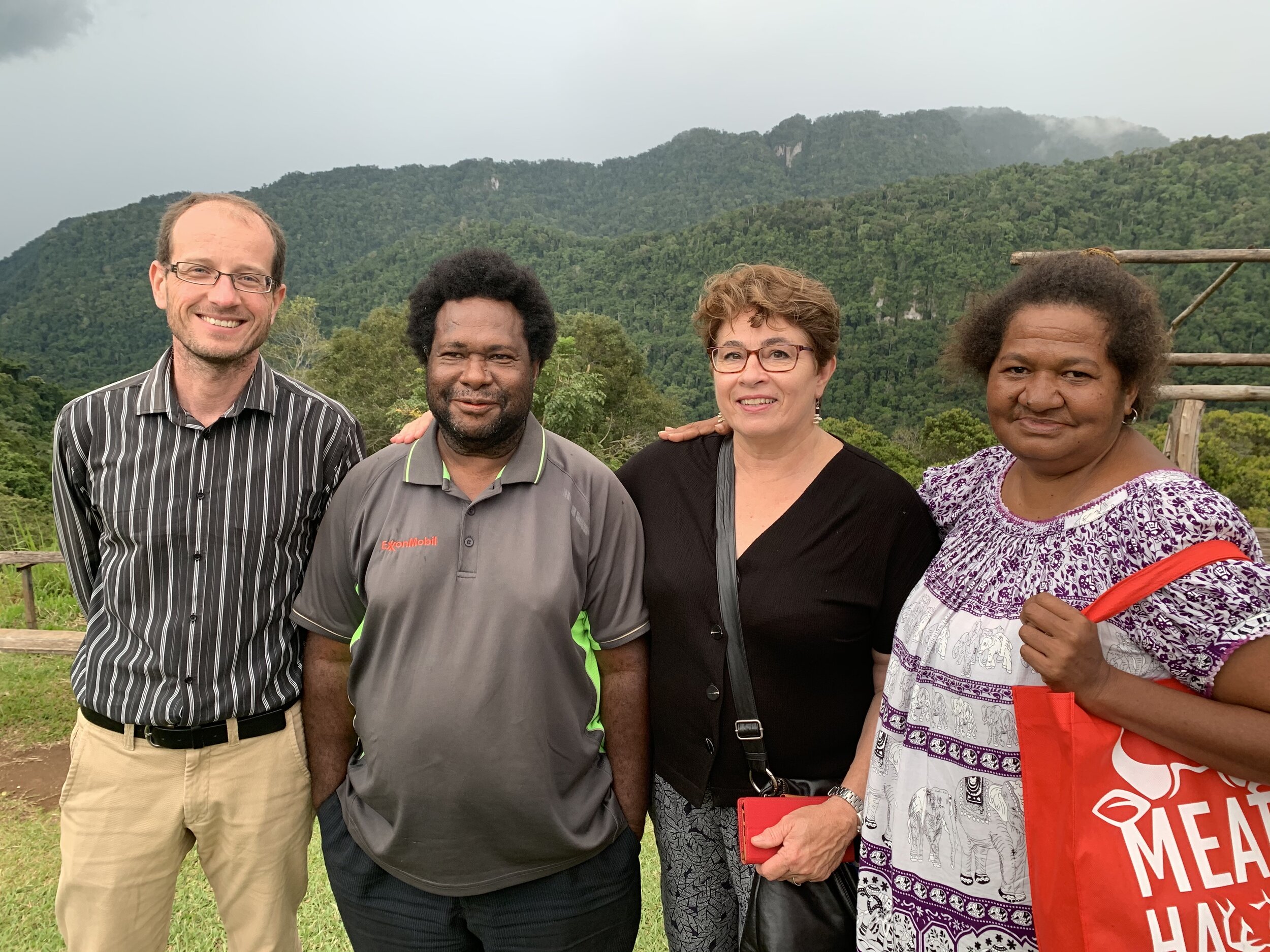

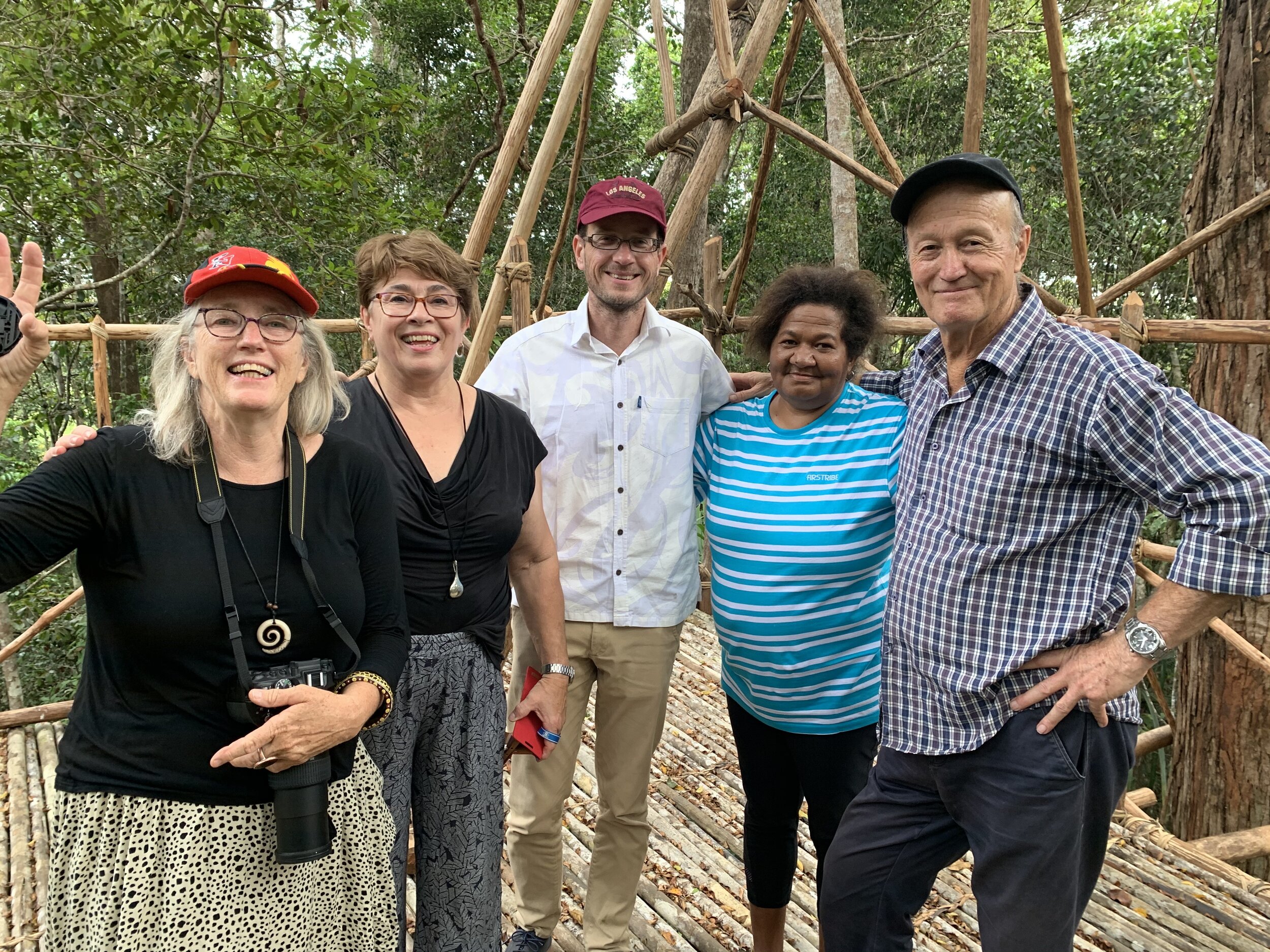
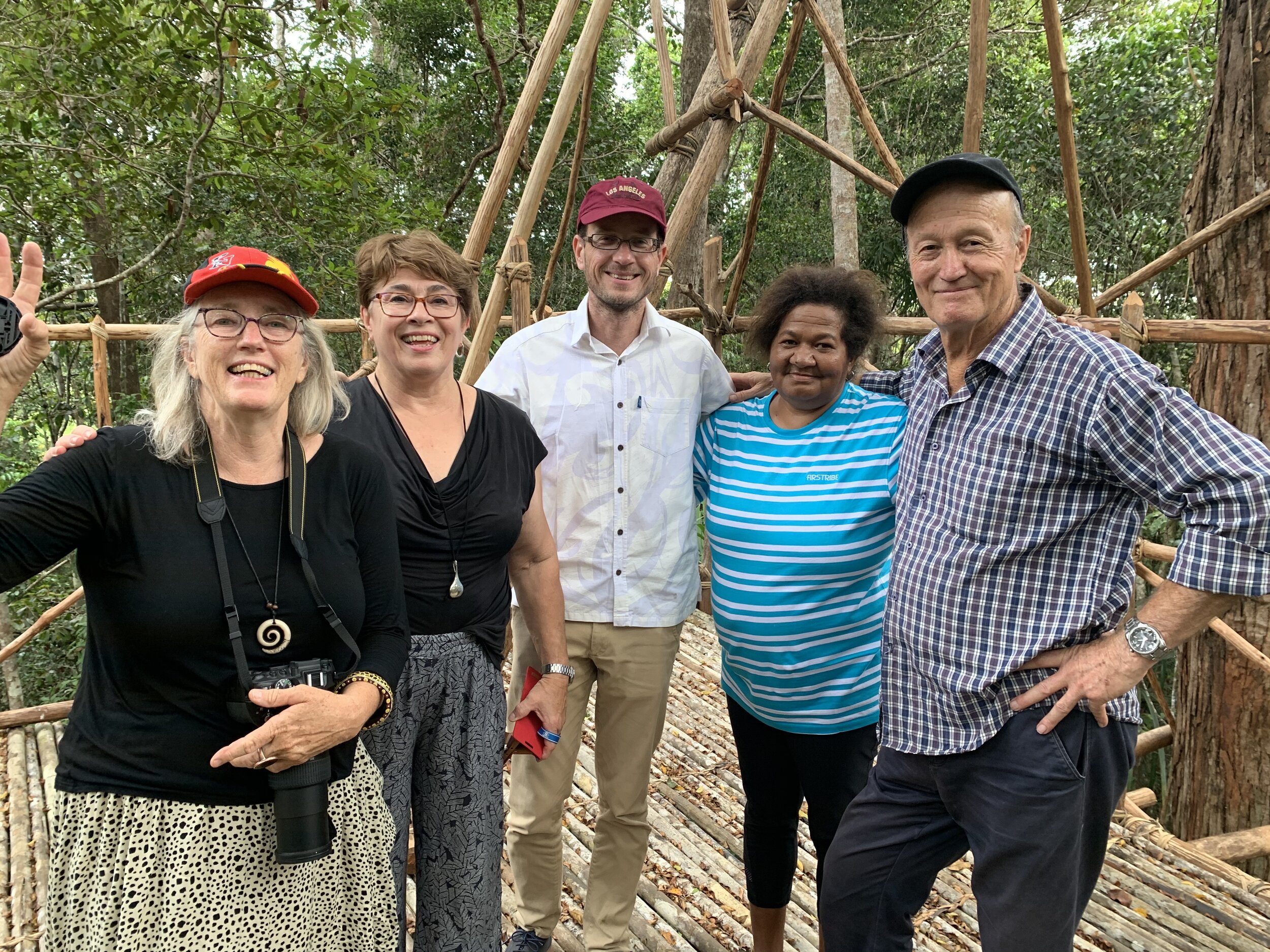
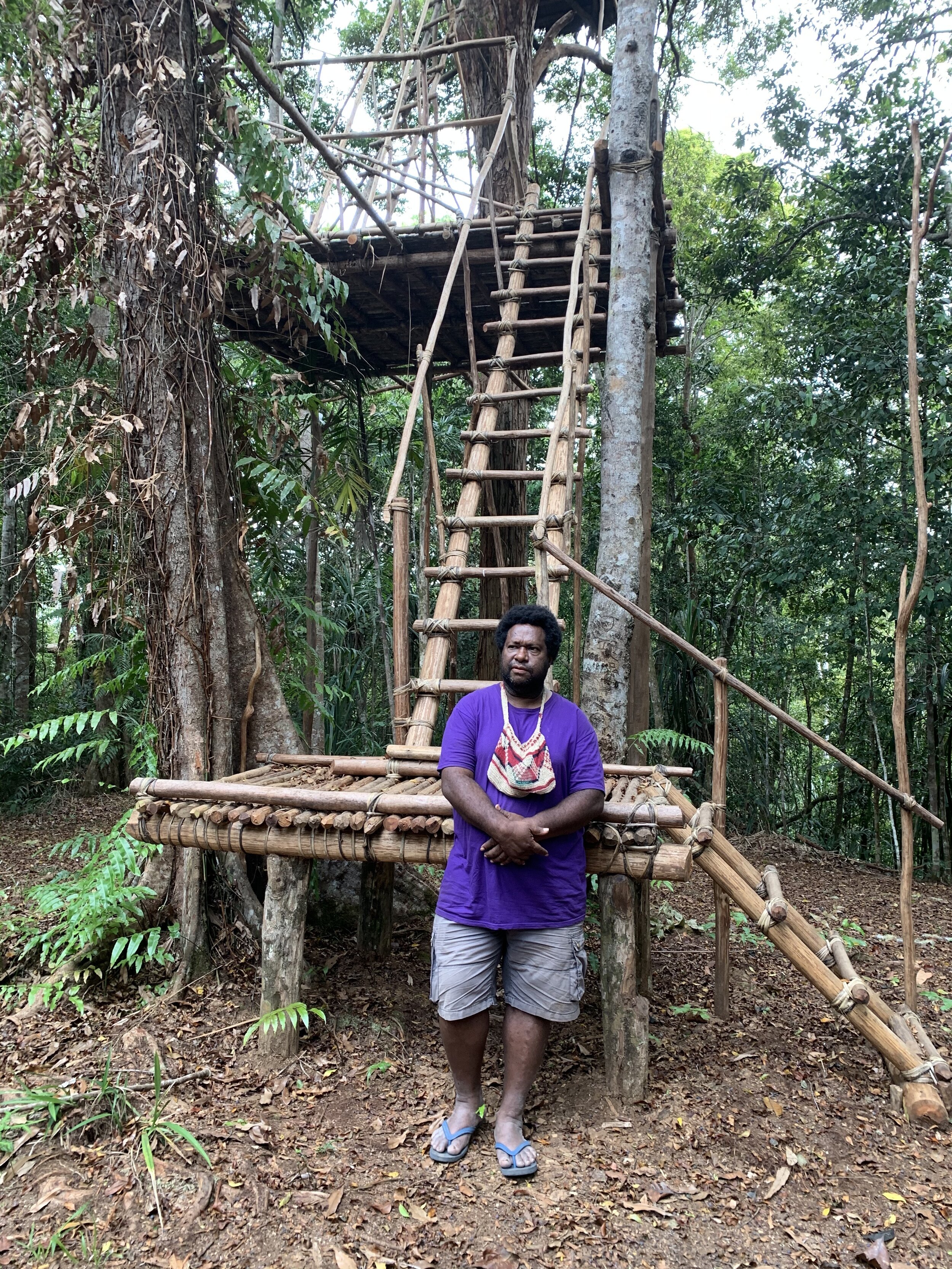
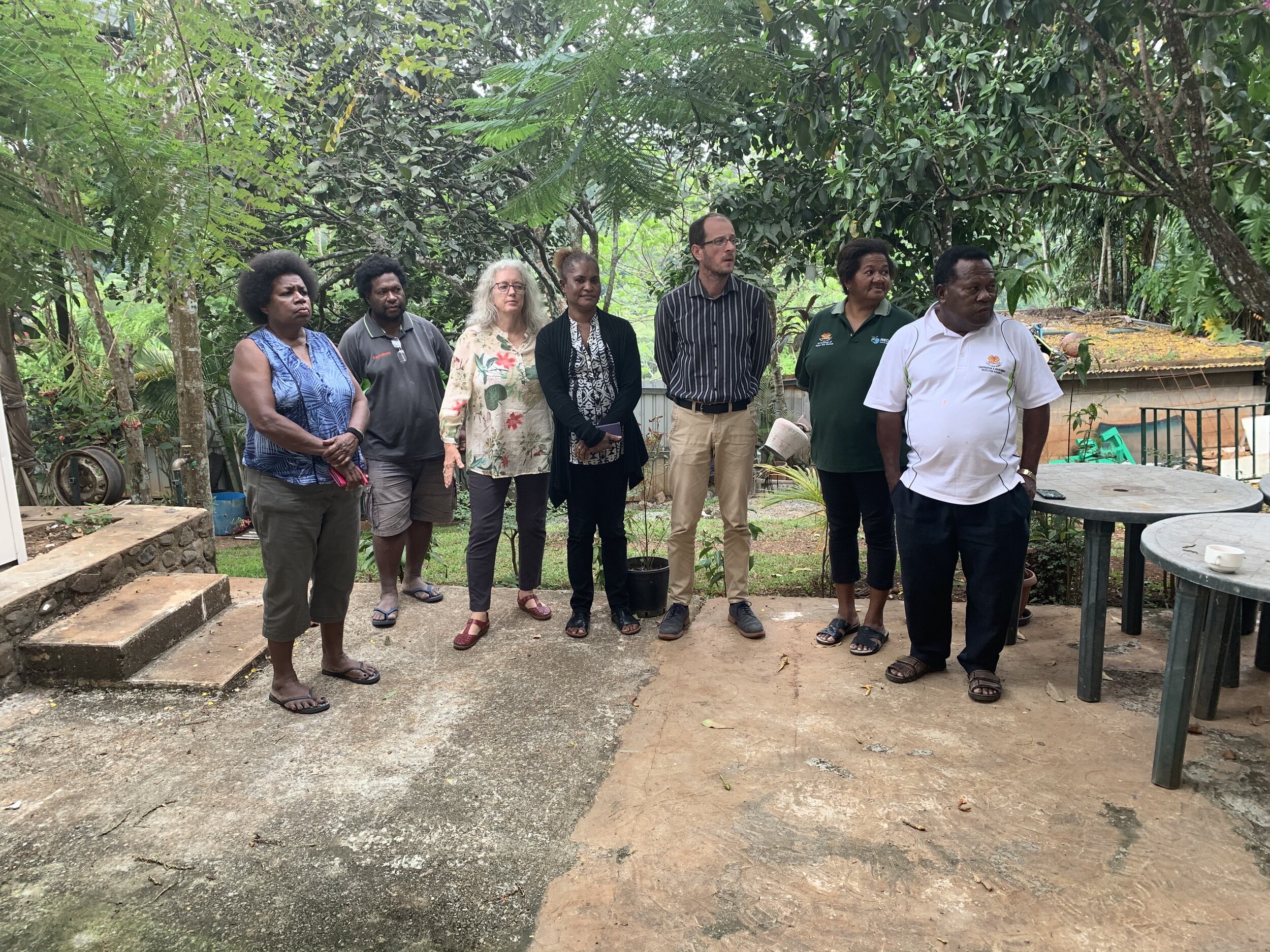
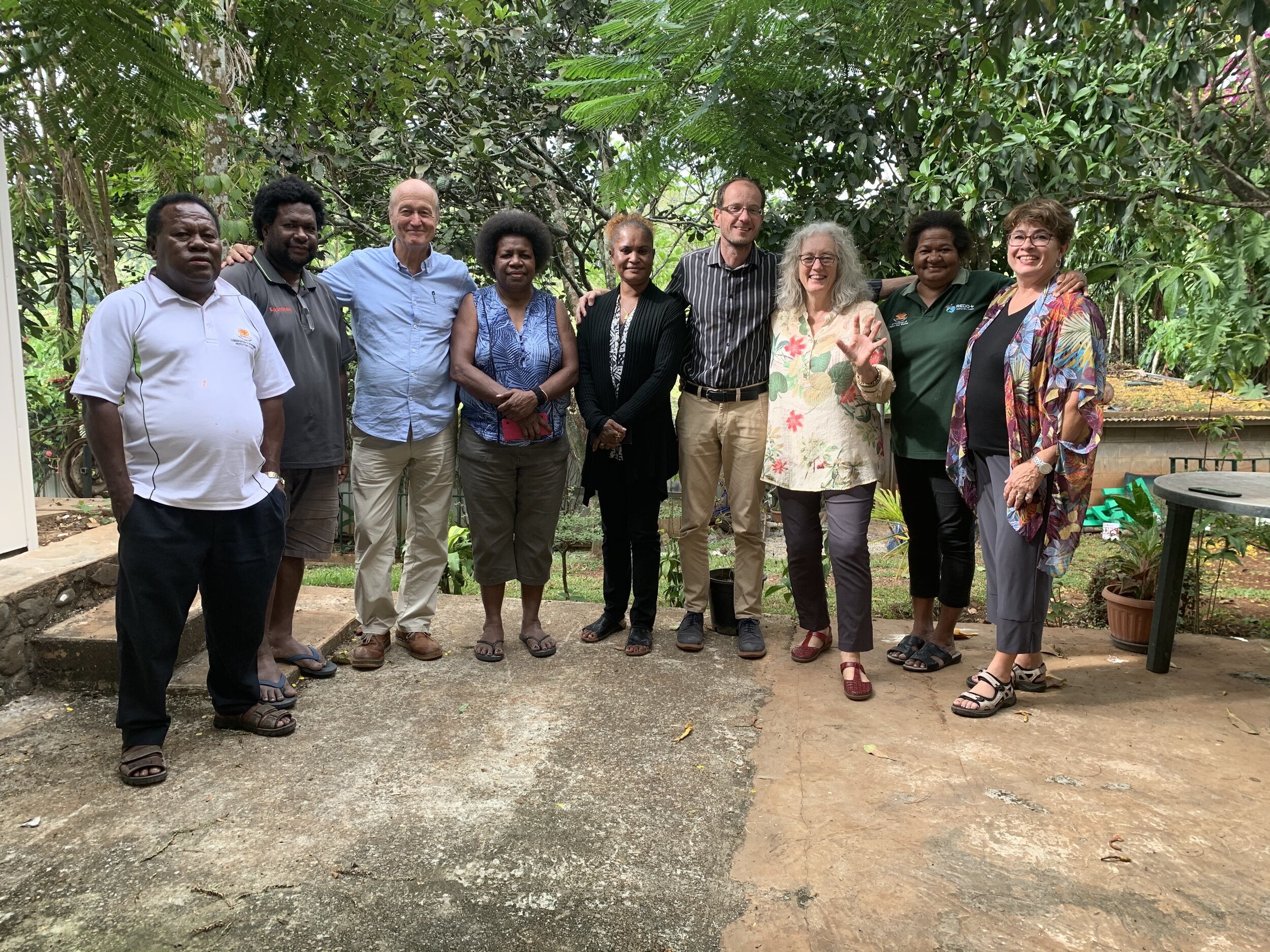
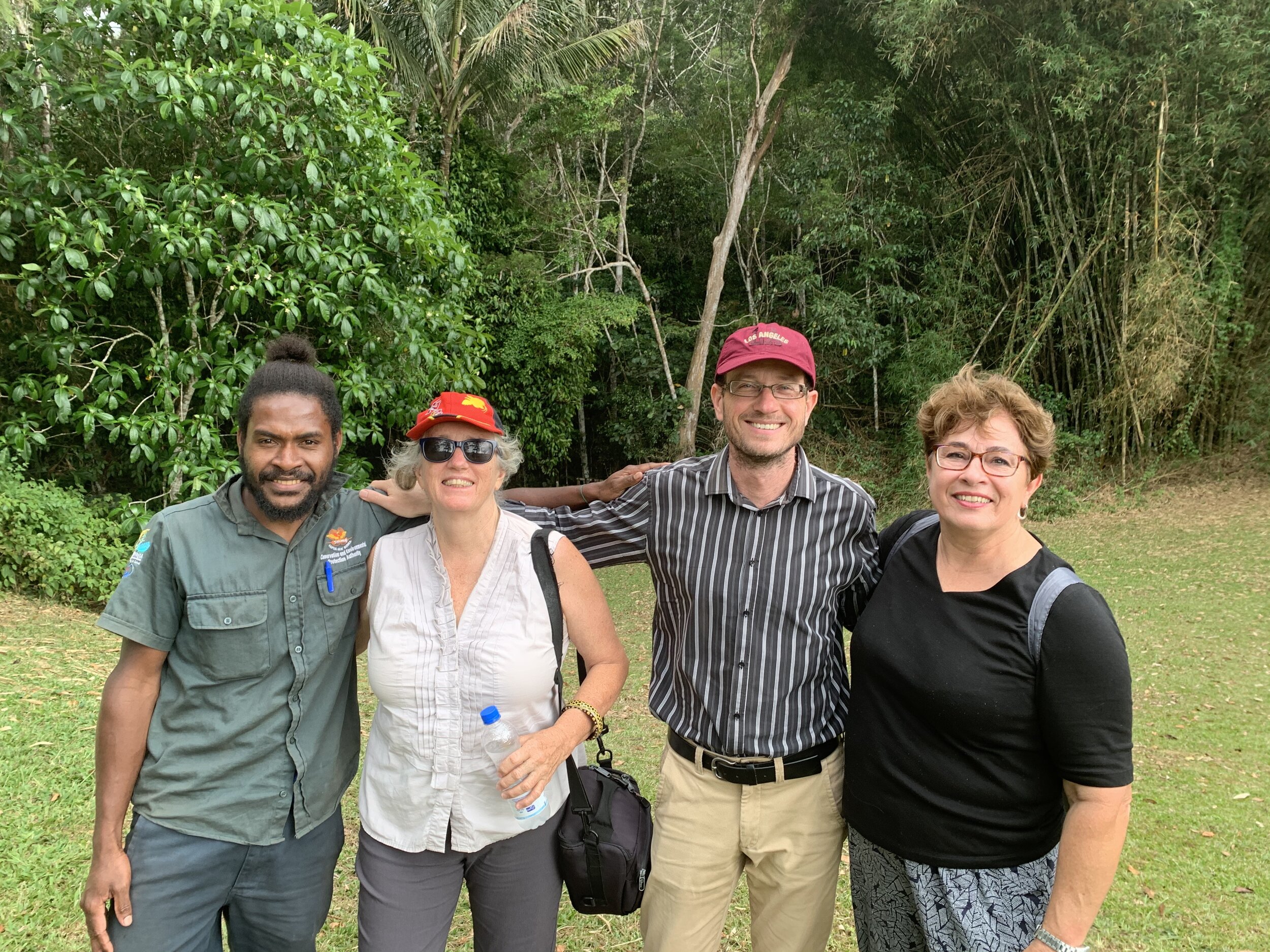
Protected areas in Papua New Guinea
Across PNG, it is widely understood that Protected Areas sustain livelihoods, help maintain culture, provide tourism opportunities, store carbon, and protect biodiversity.
Customary landowners are the custodians of 97% of the land in PNG. These landowners recognise many areas of land and sea as “tambu” – areas of special spiritual significance. The PNG government also recognises the importance of protected areas and the need to manage them effectively.
In 2016–2017 the Government of Papua New Guinea, through CEPA and with the support of the UNDP, organised a high-level evaluation of the management of protected areas.
The key findings of the evaluation were as follows:*
41 of the 58 of protected areas were in good to very good condition
45% of the total area protected was in good to very good condition
Important values were declining in over half of the protected areas
With an aim to improve protected area management, CEPA developed an ambitious and comprehensive Protected Area Policy which has been endorsed by the National Executive Council, and they also prepared the Protected Areas Bill. The policy and legislation they introduced is orientated towards greater involvement and management by customary landowners.
These legislative measures are also intended to assist PNG to meet its Convention on Biodiversity (CBD) target of 17% of land area protected area by 2020.
The partnership so far
In late 2019, project leader A/Prof John Merson and capacity building specialist Dr. Dedee Woodside visited Port Moresby to meet key CEPA stakeholders and scope out the needs and deliverables of the project. These stakeholder meetings were part of the Inception phase of the partnership.
The primary outcome of these meetings was an Inception report, synthesising stakeholder input and outlining the need to deliver three courses on the ground to stakeholders in PNG. These three courses would cover:
The Open Standards for the Practice of Conservation
Stakeholder Engagement and Communication skills
Protected Area Management in Practice
Participants would be supported by mentoring sessions in between courses.
It was also decided that the courses and mentoring sessions would be delivered in close collaboration with another project funded by UNDP to strengthen the management effectiveness of Protected Areas in PNG. This project, led by Mat Wolnicki, will work directly with community representatives in PNG to deliver Statements of Management Intent (SMI) and Management Action Plans.
It is intended that participants attending Mat Wolnicki’s workshops will use skills and tools acquired through Institute courses to develop and deliver these management statements and plans.
PROGRAM CHANGES DUE TO COVID-19
The delivery of the three education courses was initially due to commence in April. However, the original intention of delivering the courses face-to-face on the ground in PNG has been fundamentally impacted by travel and other restrictions due to the Covid-19 pandemic.
A rapid reappraisal of the entire program was undertaken in late March, and the three courses will now be delivered as a cohesive online program.
BMWHI Project Leader, Dr John Merson, is confident in the potential to convert the program into one that is delivered online.
“The Institute team worked hard to put together an excellent in-country training program. However, as with so many education and training projects, the COVID-19 crisis has forced us to look at the potential of moving our programs to a digital and online framework. This will require us to be much more innovative in our approach to training, and could result in some unexpected and positive outcomes, such as making our training more accessible to remote communities across the Asia Pacific region in coming years.”
